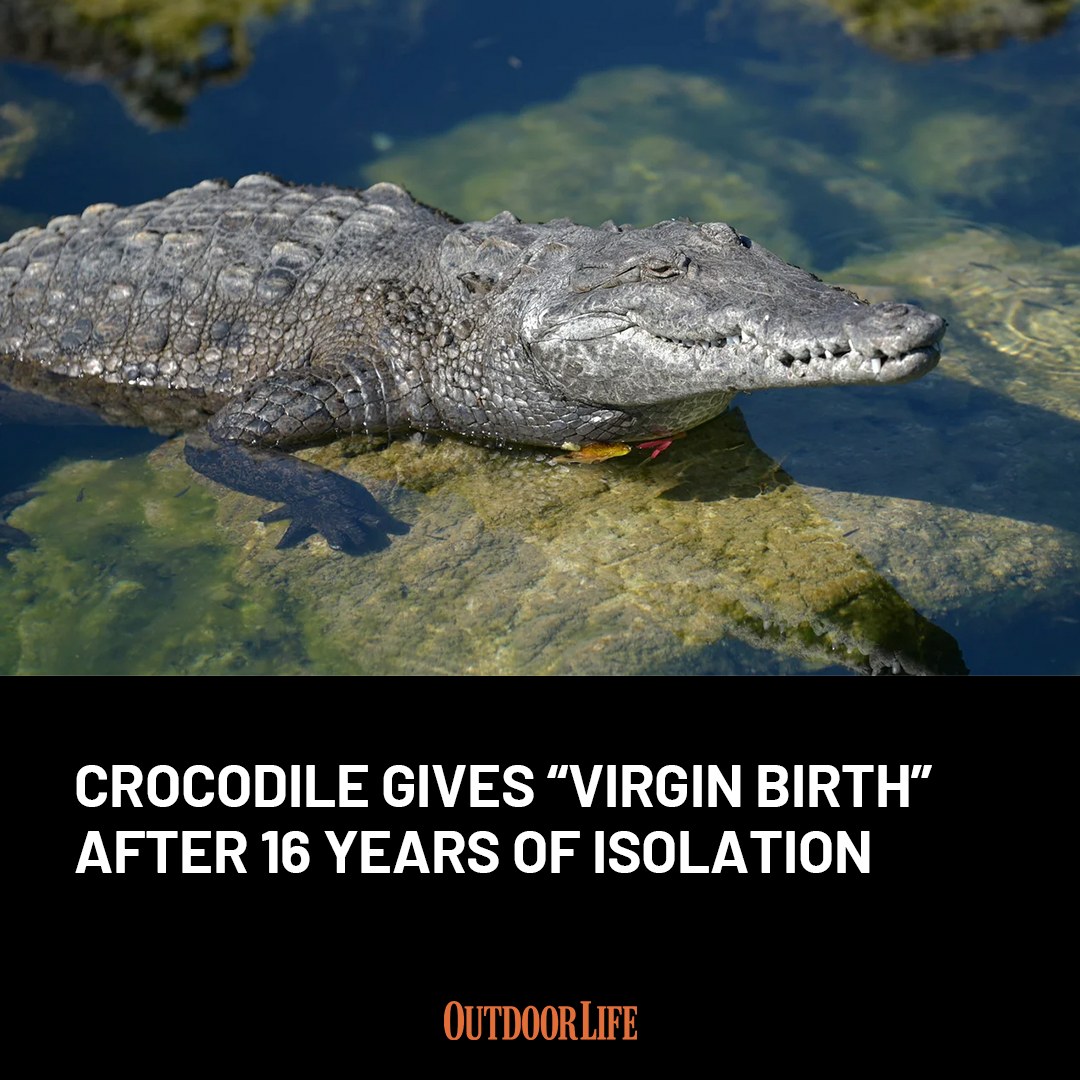“Of the 14 eggs laid, seven appeared to be fertile and were artificially incubated,” the study’s authors write. And although none of the eggs hatched after three months of incubation, one of them contained “a fully formed non-viable fetus” that was determined to be a female with the same genetics as its mother.
“While it is disappointing that the crocodile [fetus] produced here failed to hatch it is not uncommon,” the authors added, pointing to other examples of virgin births throughout history.
What Is a “Virgin Birth” and How Often Do They Occur?
“Once considered rare, the ability of sexually reproducing species to generate offspring without genetic contributions of males has been documented across multiple vertebrate lineages, including both avian and non-avian reptiles (specifically snakes and lizards),” the study authors write.
Read Next: Killer Whales Are Teaching Each Other to Sink Boats
Over the last century, virgin births have been recorded in pigeons, chickens, quail, turkeys, and other birds. They’ve also been seen in several reptilian species, including Komodo dragons and rattlesnakes, as well as in sharks, rays, and other fish. The authors note the phenomenon is thought to be more common in species that are either on the verge of extinction or kept in captivity. And the more recent example of the two virgin-born California condors that were discovered at the San Diego Zoo would support this hypothesis.
The one thing that all these species have in common with crocodiles, according to the study, is their ancestral lineage. In evolutionary terms, every one of them descended from dinosaurs. This could imply that the “virgin birth” ability was passed down from these now-extinct species.
